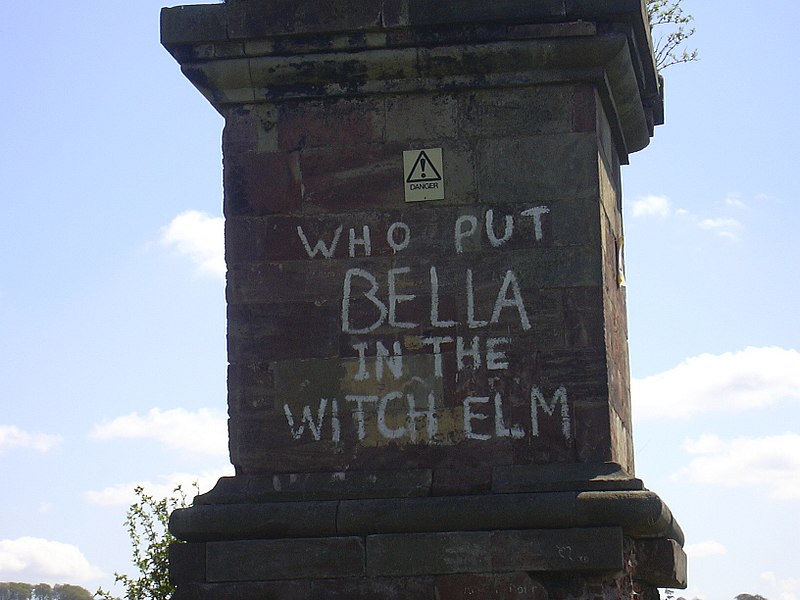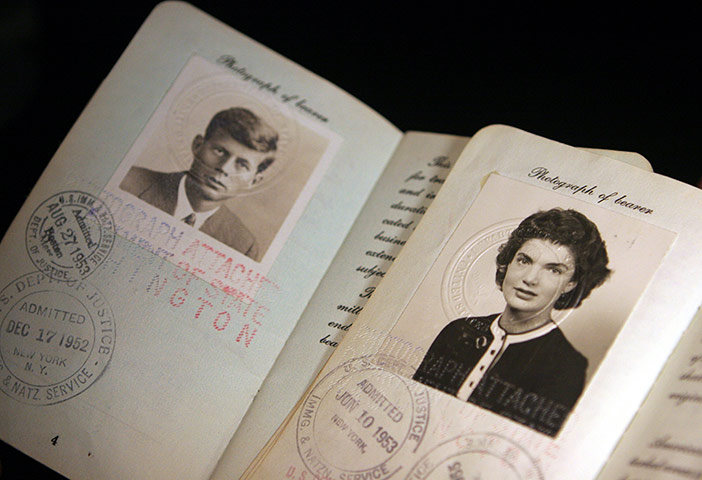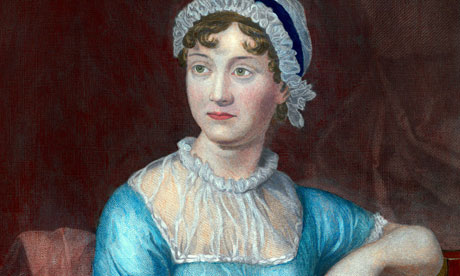In this exclusive extract from The Flaming Cow, renowned composer, Ron Geesin offers an insight into his often fraught collaboration with Pink Floyd and shares his memories of recording Atom Heart Mother, the band's most controversial album.
![Ron Geesin, comfortably installed in the control room at Abbey Road Studios Ron Geesin, comfortably installed in the control room at Abbey Road Studios]()
Sometime before 2.30 p.m. on 19 Friday June 1970 I pushed my way through diverse doors into Studio Two at EMI Abbey Road Studios. The lithe men were draped over chairs, couches and desks. Compared to my little steaming padded cell of a studio, this was a cathedral complete with a stairway to God, the control room, presided over by the now-famous sound engineer Peter Bown.
I was not overwhelmed, just nervous. The atmosphere was fairly sparky, if one was clairvoyant enough to see beyond the feigned relaxed postures. I remember much later meeting a schoolteacher acquaintance in the local high street. ‘Hello Ron, you look relaxed and on top of things.’ ‘What? I’ve got this and that going wrong and some bugger’s not paid me for the next thing!’ ‘Ah!’ says he, ‘The Swan Syndrome: appears graceful above the water but paddling furiously below.’
Here I was, having fetched some musical material from the depths over the last three weeks, not skilled or confident enough to be able to decode it for my friends, not even really knowing what I had conceived at all. Here they were, knackered from too much touring, not able to read music, mine or anyone else’s, and just able to stitch a framework together, into which we were about to enter to force some stuffing and then clad the whole in multifarious material. I was to direct.
My limited previous experience with musicians had been with the finest soloists from the New Philharmonia Orchestra. The memory of how the initial contact occurred has melted into the mists, but it may well have been through its lead bassoonist, Gwydion Brooke, a proper individual. He was already in his 60s and his father was composer Joseph Holbrooke, a lesser contemporary of Elgar.
Why did I need these musicians? As part of that survival in the market place, some TV commercial producers and directors wanted ‘real instruments’ while others were happy with my more alternative sounds. Whatever the sound sources, I always wanted to explore new possibilities. This is not ‘experimental’ but ‘progressive-mental’. Edgar Varèse said something like, ‘None of my music is experimental. It may appear different but it leaves me in its fully-formed shape.’ In my case, it meant adventurous writing for small combinations such as flute, clarinet and bassoon, or four trumpets and a double-bass.
Yes, imagine a Swiss chocolate bar called Noga accompanied by four classical trumpets and a jazz double-bass, bowed and plucked. The recording was in the huge converted cinema of CTS Sound Studio in Bayswater. Four of the New Philharmonia Orchestra trumpet section occupied the higher frequencies. The lower ones were provided by the most gentle but truly awesome Coleridge Goode, a direct neighbour in Elgin Crescent. He was even more awesome because he was a tall and most accomplished West Indian modern jazz bassist living on the top floor while I was a differently accomplished banjo player in a damp basement. This thirty second rhythmic contortion was a microcosmic forerunner of some of the brass writing for Epic. The writing was difficult to interpret. I never forget turning round after the first splintered run through to peer through the control room glass and witness advertising executives sliding down behind a giant sofa and tearing chunks of stuffing out of it with their teeth. But these musicians had plenty of experience with challenging writing and were glad to be in a different environment. They were also some of the best players in the country, took great pride in their work and were very nice with it all. David Mason was one: he did the high, piccolo trumpet, part for the Beatles ‘Strawberry Fields’. So they helped me loosen up while making most useful suggestions and tightening their rhythmic inflections. The final result was excellent. Whether it suited or melted the chocolate bar is not known.
![John Alldis conducts his choir John Alldis conducts his choir]()
The situation in Studio Two, Abbey Road, was different. I had wanted my friendly brass experts for the job, but the EMI executives had their own system – and friends. These were still the days where seasoned controllers, more used to the blast of big bands than the neighing of the new, ruled the stage: the days before Pink Floyd could have anything it wanted. On that Friday afternoon, I was faced with top-end session musicians, booked through the system. These high-class musical labourers waited for instructions, and I waited for them to smile just a little bit, to give off some signal that they might be interested and involved. The whole atmosphere was made worse by my not having put in many dynamic markings, leaving room for individual and group, or section, expression. The dialogue went, ‘What do you think about this little phrase?’ ‘Well, how do you want it?’ This locked into a loop for ten minutes or so. I sweated and spluttered. They sensed blood, ‘We’ll have this young upstart!’ The loop had to be broken and I probably got more aggressive. This was reciprocated, particularly by one of the three horn players who was playing increasingly musically dumb and vocally at war. I moved to strike – and I do mean there was visible movement in my arms – when I had my collar felt, metaphorically. ‘Ron, let’s have a ten minute break,’ was the clicked call from God up the stairs. I had been temporarily rescued from cannibalising a very distant relation of the musical whirl and being marooned on an ocean of parquet flooring.
What would have happened if John Alldis had not been interested and involved? He and his choir were not due in until late on 21 Sunday, but he had popped in on that first day to hear what the thing was all about. Although mainly a classical choral expert, he was familiar with all best forms of musical work and expression and volunteered to take over the direction. I had climbed the stairs by this time while the brass read its Daily Mirror. And so it was to be: my wishes and notions were translated through John Alldis from my comfortable seat in the haven of Heaven.
I have always described my career as more ‘chance careering’, indicating by this the acceptance of the unexpected twists and turns of outside elements to make decisions; to direct the next move; but I have two slight regrets now about the situation just described. The first is that I had always seen the brass function in this work to be more pushy and punchy – more like a black jazz feel, Duke Ellington’s, for instance. One of the last considerations of classically-trained conductors is that of ‘hot’ playing – that African-American ability to inflect just ahead of the beat, or phrase across the beat while not actually changing the basic steady tempo. So, in this sense only, John Alldis was not ideal. The other regret is that my good friend Richard Stanley, whom I had invited to take all the photographs, was not there that first day to show you the opening, and potentially catastrophic, atmosphere.
![Ron Geesin Ron Geesin]()
If John Alldis had not been there, maybe I would have wrecked the whole venture by hitting that horn player, or broken down and cried. This could have been the trigger to fire those brazen beasts into performing like they never had before. As it was, the ‘Great British Compromise’ was being pursued – and I looked forward to my really sensitive and interested friend, Haflidi Hallgrimsson, coming in to play passionate cello, although there is no note on Abbey Road’s recording sheets of his significant contribution.
All this ethereal electricity moved the lithe men from their positions of casual drapery to nervous twitching, and the caption on several photographs must be, ‘Was it a good idea to let Geesin loose on this piece at all?’ It was probably for want of any better idea that we all continued – and it is only entertainment, after all! The title of my first LP record was A Raise Of Eyebrows, a euphemism for the reaction to complete uproar, so I staggered home in the early evening, leaving the group to add to our collaborative dialogue by copying the opening brass into the ‘Excursion’ (formerly ‘Percussion’) Section L. and adding in more coloured mists, or astral wandering.
Yes, I did meet Syd Barrett. He floated in on one of the first two days in a long coat and not much more than handshake, spun round a couple of times and magically evaporated.
We were all back the next afternoon to witness John Alldis riding the brass to a successful destination. A rough mixdown of all the brass sections was then made for me to take away to check for accuracy and usability. Phew, survival!
![The Flaming Cow: The Making of Pink Floyd's Atom Heart Mother]()
The Flaming Cow offers a rare insight into the brilliant but often fraught collaboration between Pink Floyd and composer Ron Geesin, the result of which became known as Atom Heart Mother – the Floyd’s first UK number one album. From the time drummer Nick Mason visited Geesin’s damp basement flat in Notting Hill, to the last game of golf between bassist Roger Waters and Geesin, this book is an unflinching account about how one of Pink Floyd’s most celebrated compositions came to life.





















































































